Audi 2011 Annual Report Download - page 171
Download and view the complete annual report
Please find page 171 of the 2011 Audi annual report below. You can navigate through the pages in the report by either clicking on the pages listed below, or by using the keyword search tool below to find specific information within the annual report.-
 1
1 -
 2
2 -
 3
3 -
 4
4 -
 5
5 -
 6
6 -
 7
7 -
 8
8 -
 9
9 -
 10
10 -
 11
11 -
 12
12 -
 13
13 -
 14
14 -
 15
15 -
 16
16 -
 17
17 -
 18
18 -
 19
19 -
 20
20 -
 21
21 -
 22
22 -
 23
23 -
 24
24 -
 25
25 -
 26
26 -
 27
27 -
 28
28 -
 29
29 -
 30
30 -
 31
31 -
 32
32 -
 33
33 -
 34
34 -
 35
35 -
 36
36 -
 37
37 -
 38
38 -
 39
39 -
 40
40 -
 41
41 -
 42
42 -
 43
43 -
 44
44 -
 45
45 -
 46
46 -
 47
47 -
 48
48 -
 49
49 -
 50
50 -
 51
51 -
 52
52 -
 53
53 -
 54
54 -
 55
55 -
 56
56 -
 57
57 -
 58
58 -
 59
59 -
 60
60 -
 61
61 -
 62
62 -
 63
63 -
 64
64 -
 65
65 -
 66
66 -
 67
67 -
 68
68 -
 69
69 -
 70
70 -
 71
71 -
 72
72 -
 73
73 -
 74
74 -
 75
75 -
 76
76 -
 77
77 -
 78
78 -
 79
79 -
 80
80 -
 81
81 -
 82
82 -
 83
83 -
 84
84 -
 85
85 -
 86
86 -
 87
87 -
 88
88 -
 89
89 -
 90
90 -
 91
91 -
 92
92 -
 93
93 -
 94
94 -
 95
95 -
 96
96 -
 97
97 -
 98
98 -
 99
99 -
 100
100 -
 101
101 -
 102
102 -
 103
103 -
 104
104 -
 105
105 -
 106
106 -
 107
107 -
 108
108 -
 109
109 -
 110
110 -
 111
111 -
 112
112 -
 113
113 -
 114
114 -
 115
115 -
 116
116 -
 117
117 -
 118
118 -
 119
119 -
 120
120 -
 121
121 -
 122
122 -
 123
123 -
 124
124 -
 125
125 -
 126
126 -
 127
127 -
 128
128 -
 129
129 -
 130
130 -
 131
131 -
 132
132 -
 133
133 -
 134
134 -
 135
135 -
 136
136 -
 137
137 -
 138
138 -
 139
139 -
 140
140 -
 141
141 -
 142
142 -
 143
143 -
 144
144 -
 145
145 -
 146
146 -
 147
147 -
 148
148 -
 149
149 -
 150
150 -
 151
151 -
 152
152 -
 153
153 -
 154
154 -
 155
155 -
 156
156 -
 157
157 -
 158
158 -
 159
159 -
 160
160 -
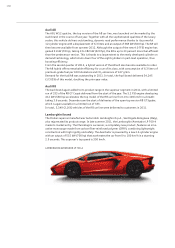 161
161 -
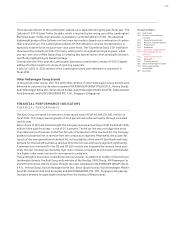 162
162 -
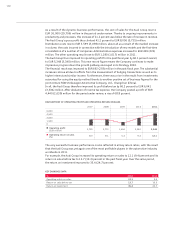 163
163 -
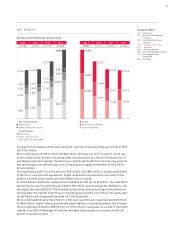 164
164 -
 165
165 -
 166
166 -
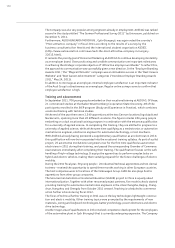 167
167 -
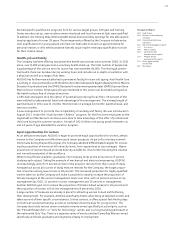 168
168 -
 169
169 -
 170
170 -
 171
171 -
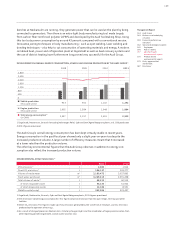 172
172 -
 173
173 -
 174
174 -
 175
175 -
 176
176 -
 177
177 -
 178
178 -
 179
179 -
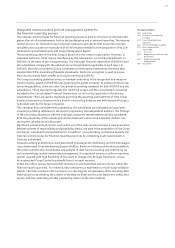 180
180 -
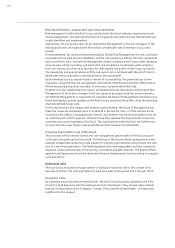 181
181 -
 182
182 -
 183
183 -
 184
184 -
 185
185 -
 186
186 -
 187
187 -
 188
188 -
 189
189 -
 190
190 -
 191
191 -
 192
192 -
 193
193 -
 194
194 -
 195
195 -
 196
196 -
 197
197 -
 198
198 -
 199
199 -
 200
200 -
 201
201 -
 202
202 -
 203
203 -
 204
204 -
 205
205 -
 206
206 -
 207
207 -
 208
208 -
 209
209 -
 210
210 -
 211
211 -
 212
212 -
 213
213 -
 214
214 -
 215
215 -
 216
216 -
 217
217 -
 218
218 -
 219
219 -
 220
220 -
 221
221 -
 222
222 -
 223
223 -
 224
224 -
 225
225 -
 226
226 -
 227
227 -
 228
228 -
 229
229 -
 230
230 -
 231
231 -
 232
232 -
 233
233 -
 234
234 -
 235
235 -
 236
236 -
 237
237 -
 238
238 -
 239
239 -
 240
240 -
 241
241 -
 242
242 -
 243
243 -
 244
244 -
 245
245 -
 246
246 -
 247
247 -
 248
248 -
 249
249 -
 250
250 -
 251
251 -
 252
252 -
 253
253 -
 254
254 -
 255
255 -
 256
256 -
 257
257 -
 258
258 -
 259
259 -
 260
260 -
 261
261 -
 262
262 -
 263
263 -
 264
264 -
 265
265 -
 266
266 -
 267
267 -
 268
268 -
 269
269 -
 270
270 -
 271
271
 |
 |

168
The Ingolstadt and Győr (Hungary) production plants followed in 1997 and 1999; the Belgian
plant in Brussels and the Lamborghini location Sant’Agata Bolognese (Italy) have been entitled
to bear the EMAS signet since 2002 and 2009 respectively.
Furthermore, the Ingolstadt, Győr and Sant’Agata Bolognese plants are accredited under the
worldwide DIN EN ISO 14001 standard.
The environmental management systems for the Ingolstadt, Neckarsulm, Győr and Sant’Agata
Bolognese locations moreover already meet the new European standards DIN EN 16001 or
DIN EN ISO 50001, which set especially rigorous conditions for continuous, systematic reduc-
tions in energy consumption.
The VW Group manufacturing locations that Audi uses also satisfy environmental management
system requirements – the production plants in Bratislava (Slovakia), Martorell (Spain),
Aurangabad (India) and Changchun (China) are all accredited in accordance with the worldwide
DIN EN ISO 14001 standard.
ACCREDITATION OF AUDI GROUP LOCATIONS
Neckarsulm/
Germany
AUDI AG,
quattro GmbH
DIN EN 16001
Sant’Agata
Bolognese/Italy
Automobili
Lamborghini S.p.A.
DIN EN ISO 14001
DIN EN ISO 50001
Brussels/Belgium
AUDI BRUSSELS
S.A./N.V.
Ingolstadt/
Germany
AUDI AG
DIN EN ISO 14001
DIN EN 16001
Győr/Hungary
AUDI HUNGARIA
MOTOR Kft.
DIN EN ISO 14001
DIN EN 16001
The environmental declarations for the individual locations are each available in the local language on the respective companies’
websites.
Emissions reduction and resource efficiency
Reducing energy consumption and related emissions is a particular priority within the Company’s
environmental activities. By applying a raft of ongoing measures, AUDI AG intends to reduce
location-based and company-specific CO₂ emissions by 30 percent by 2020, against the base
year of 1990. The potential for energy savings is already considered during the planning phase.
Along with infrastructure and logistics, the production and supply facilities are major areas
offering scope for permanent efficiency improvements. For example, when the engine test
